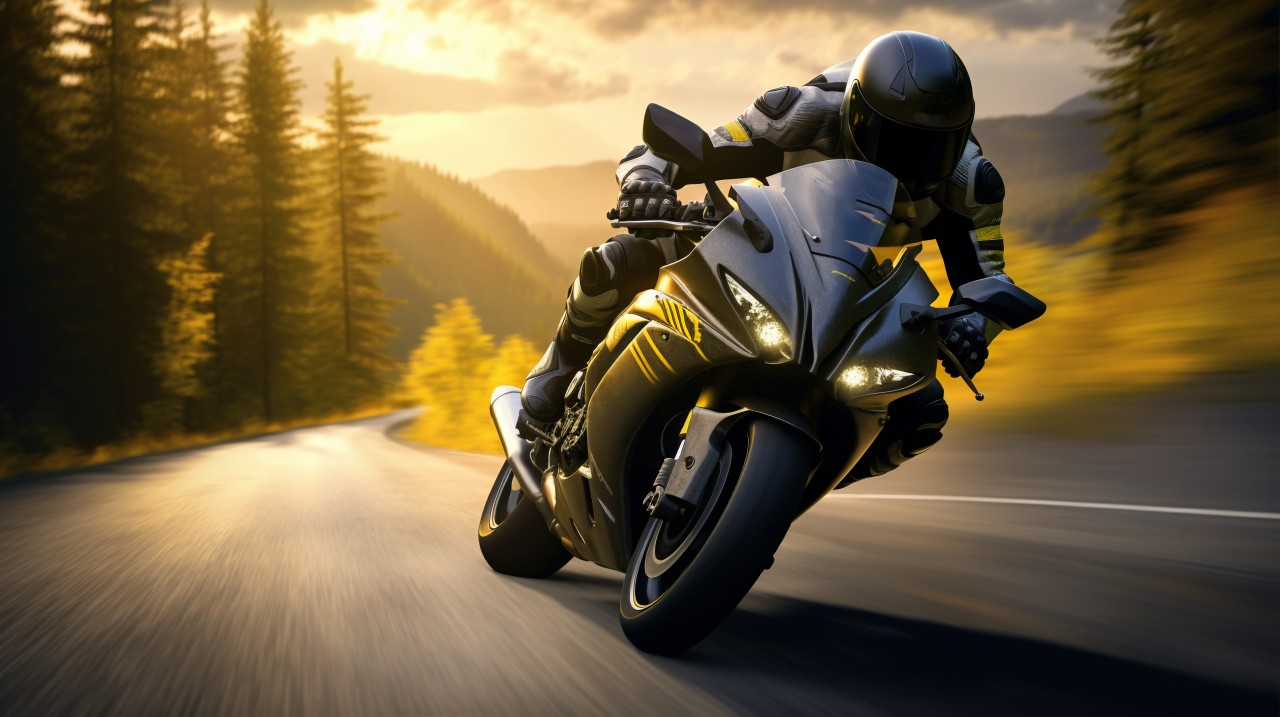
The roar of the engine, the wind in your face, and the open road stretching out before you – motorcycle riding is more than just a hobby; it’s a culture, a lifestyle, and for many, a passion that embodies freedom, adventure, and camaraderie. This culture, deeply rooted in history and evolving with time, has captivated millions around the globe, transcending age, gender, and social boundaries.
The Birth of a Culture
The culture of motorcycle riding can trace its origins back to the early 20th century, shortly after the invention of the motorcycle itself. Initially seen as a practical mode of transportation, motorcycles quickly became symbols of freedom and rebellion, especially in the post-World War II era. Veterans returning from the war found in motorcycles a way to maintain the sense of adventure and camaraderie they had experienced during their service.
The Spirit of Freedom
At the heart of motorcycle culture is the spirit of freedom. Unlike driving a car, riding a motorcycle offers a sense of unparalleled liberation. With the absence of a roof and doors, riders are exposed to the elements, feeling the sun, wind, and rain directly. This sensory experience, coupled with the maneuverability of a motorcycle, allows riders to feel more connected to their surroundings and their journey.
Community and Camaraderie
One of the most striking aspects of motorcycle culture is the strong sense of community and camaraderie among riders. Motorcycle clubs and groups have been a cornerstone of this culture, providing a space for like-minded individuals to share their passion, support each other, and organize rides and events. Whether it’s a local group or an international organization like the Hells Angels or the BMW MOA, these communities foster a sense of belonging and kinship that transcends the love for motorcycles.
The Evolution of the Culture
Over the years, the culture of motorcycle riding has evolved, becoming more inclusive and diverse. While it was once dominated by a certain stereotype of the “biker,” today’s riders come from all walks of life. Women riders, for example, have become increasingly visible, challenging traditional gender roles and contributing to a more inclusive riding community.
The types of motorcycles and riding styles have also diversified, from cruisers and choppers to sportbikes, touring bikes, and adventure motorcycles, each with its own subculture and enthusiasts. This diversity has enriched the motorcycle culture, making it more accessible and appealing to a wider audience.
The Gear and the Ride
Central to the culture is the gear and the ride itself. From helmets and leather jackets to boots and gloves, the gear not only serves a practical purpose in protecting the rider but also signifies membership in the motorcycle community. The choice of motorcycle, its customization, and maintenance are also integral parts of the culture, reflecting the rider’s personality and preferences.
Rides and road trips are the essence of motorcycle culture, offering riders the opportunity to explore new places, challenge themselves, and enjoy the simple pleasure of being on the road. Whether it’s a solo journey of self-discovery or a group ride with friends, the experience of the ride is what defines the culture.
Conclusion
The culture of motorcycle riding is a rich tapestry woven from the threads of freedom, community, and passion. It’s a culture that continues to evolve, adapting to new generations of riders while preserving the values and traditions that have defined it for over a century. For those who ride, it’s more than just a hobby – it’s a way of life, a journey of discovery, and a celebration of the open road. Geared for freedom, motorcycle riders continue to ride into the horizon, united by the shared love for the ride.